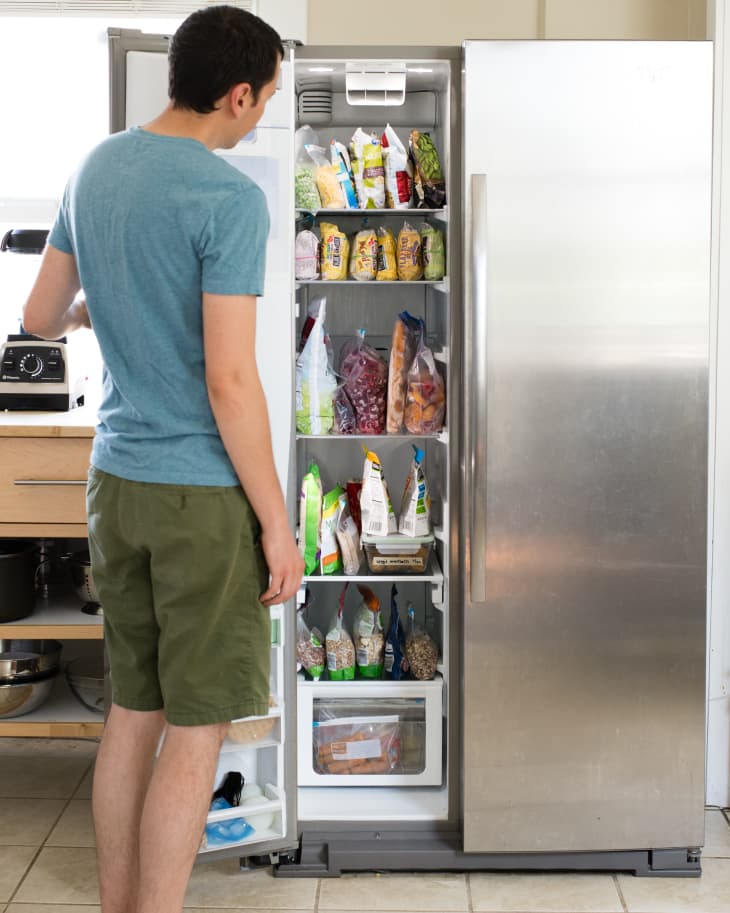The Do-Not-Freeze-These-Foods List
In the battle against limited freezer space, some foods just don’t cut it. But how do you know which ones to toss before they hit the freezer? Three rules help break down the mystery and keep your freezer free for success.
Rule One: The cardinal rule of freezing: if it didn’t taste good to begin with, it won’t taste any better after freezing. In fact, it will most definitely taste worse. Freezing changes the texture of food as it’s reheated, so there really isn’t a chance a dish will taste better. If you didn’t love it for dinner tonight, just cut your losses now!
Rule Two: If you’re freezing a raw food with a high moisture content (think cucumbers, watermelon, oranges) you intend on eating raw again, forget about it. The moisture that keeps the food crisp and intact doesn’t behave the same way after thawing. Think of putting a defrosted tomato on top of your salad — yuck! However, if you plan on using the item to cook something else, tomatoes will work. Cucumbers and lettuces, don’t bother.
Rule Three: Beware of anything creamy. Custards, blocks of cheese, yogurt —all of these dairy products freeze horribly. The curds separate from whey and instead of the creamy dish of yogurt you put in the freezer, you’ll find a dish of separated strangeness. Again, if you’re using for cooking, you can salvage some of these, but err on the side of caution.
Remember, we’re talking about individual foods frozen alone here. The game changes entirely when freezing many of these with other ingredients or in dishes. This guide is for when you’ve got a few extra stalks of celery leftover and you’re thinking of throwing them in the freezer (think again!). Now, freezing the foods below won’t harm you if you decide to try eating them. Some people don’t mind the changed texture after freezing and thawing yogurt, for example. Just don’t expect any of these foods to much resemble their original state post-freezer.
The Do Not Freeze List
• Vegetables: Celery, cucumbers, lettuce, onions, peppers (especially green), potatoes (especially raw), radishes, sprouts, salad greens
• Fruit: Apples, grapefruit, grapes (unless you’re planning on eating them frozen), lemons, limes, oranges (but DO freeze citrus zest!), watermelon
• Dairy: Cheese (especially soft varieties), cottage cheese, cream cheese, custard, eggs in shells (crack them open and try this technique instead, mayonnaise, sour cream, salad dressing, yogurt
• Herbs (if frozen alone in sprigs): Basil, chives, parsley, other soft herbs
• Other: Crumb toppings on casseroles and baked dishes, frosting (egg white and cream based), fried foods, pasta, rice, sauces (especially those made with cornstarch or flour)
